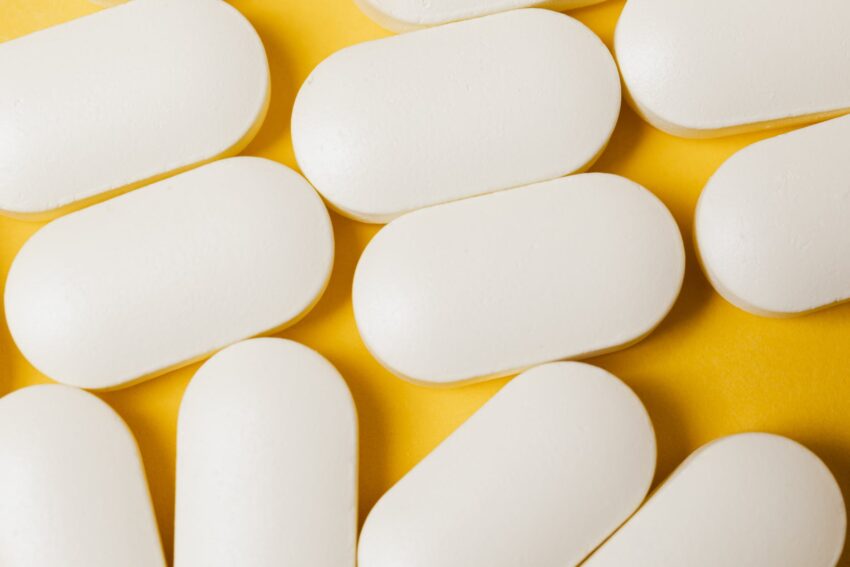In recent years, an increasing number of individuals have been turning to the practice of microdosing – consuming small, “sub-perceptual” doses of psychedelic substances – as a means of self-experimentation for cognitive enhancement, productivity, and mood regulation. Despite its growing popularity, there remains a significant amount of information and misinformation surrounding the practice. In this article, we will provide a comprehensive overview of microdosing, its potential benefits, and safety concerns, while addressing common misconceptions.
Microdosing: An Introduction
Microdosing involves taking tiny amounts of psychedelic substances, typically around one-tenth to one-twentieth of a recreational dose, to achieve subtle, yet noticeable changes in mood, cognitive function, and overall well-being without causing full-blown hallucinations or significant impairment. The most commonly used substances for microdosing include LSD (lysergic acid diethylamide) and psilocybin (magic mushrooms). This practice has gained traction, particularly within the Silicon Valley tech scene, where users have praised its potential to enhance creativity, focus, and productivity as well as mood regulation and stress relief, without the negative side effects often associated with traditional recreational drug use.
Potential Benefits of Microdosing
While scientific research in this area is still limited, anecdotal evidence and a handful of recent studies suggest that microdosing could offer a range of potential benefits. A 2018 study published in the Journal of Psychoactive Drugs found that individuals who engaged in microdosing reported improved mood, increased focus, and enhanced creativity – all factors that could significantly contribute to greater productivity and overall life satisfaction. In addition, many users have noted significant improvements in their management of mood disorders such as depression, anxiety, and even PTSD, while others have reported success with using microdosing for chronic pain management.
Cognitive enhancement is another frequently cited benefit of microdosing, with many users reporting a marked improvement in memory, problem-solving abilities, and the capacity for critical thinking. A 2018 study published in the journal Frontiers in Psychology found that participants who microdosed on LSD scored higher on measures of convergent and divergent thinking, suggesting that the practice may indeed promote more flexible, creative thought patterns.
Safety Concerns and Misconceptions
Despite the alleged benefits, microdosing is not without its risks and downsides. The most significant concern stems from the fact that the long-term safety and efficacy of microdosing have not been thoroughly researched, leading to a lack of reliable data on potential negative effects and contraindications. As a result, individuals who choose to engage in this practice are doing so at their own risk and as an act of self-experimentation.
It is also worth noting that the substances commonly used for microdosing – LSD and psilocybin – are still classified as illegal drugs in most jurisdictions, meaning that those who choose to pursue this practice may face legal risks in addition to health concerns.
In terms of negative side effects, some users have reported experiences of increased anxiety or agitation following microdosing, while others have encountered tolerance buildup – requiring higher doses to achieve the same effects – or a “rebound” effect following cessation of use. It is also critical for individuals with a personal or family history of psychotic disorders or bipolar disorder to exercise caution, as psychedelics may exacerbate symptoms or induce episodes of mania.
Conclusion
While the potential benefits of microdosing for cognitive enhancement, productivity, and mood regulation are undoubtedly intriguing, it is essential for individuals considering this practice to be fully informed of the potential risks involved. The act of self-experimentation with psychedelic substances remains largely uncharted territory, and further research and regulation are required to build a more comprehensive understanding of the long-term effects of this practice. In the meantime, those who choose to explore microdosing should do so with caution, ideally under the guidance of a knowledgeable professional and in a safe and supportive environment.
